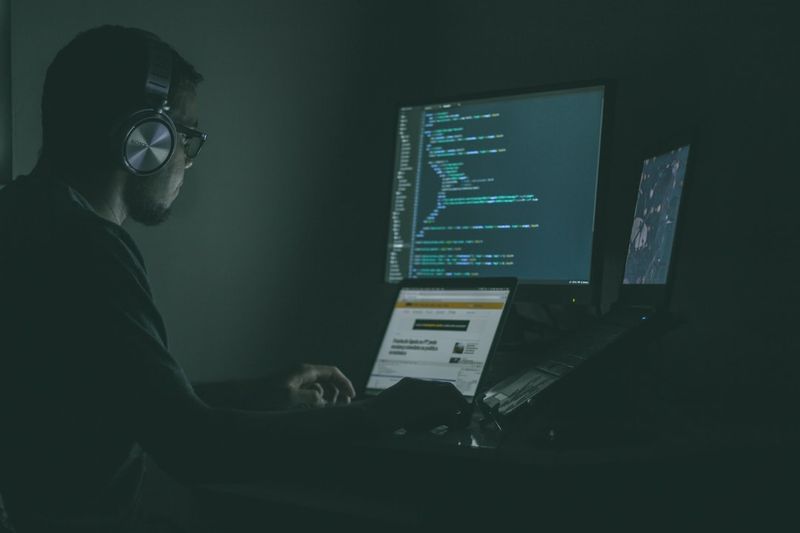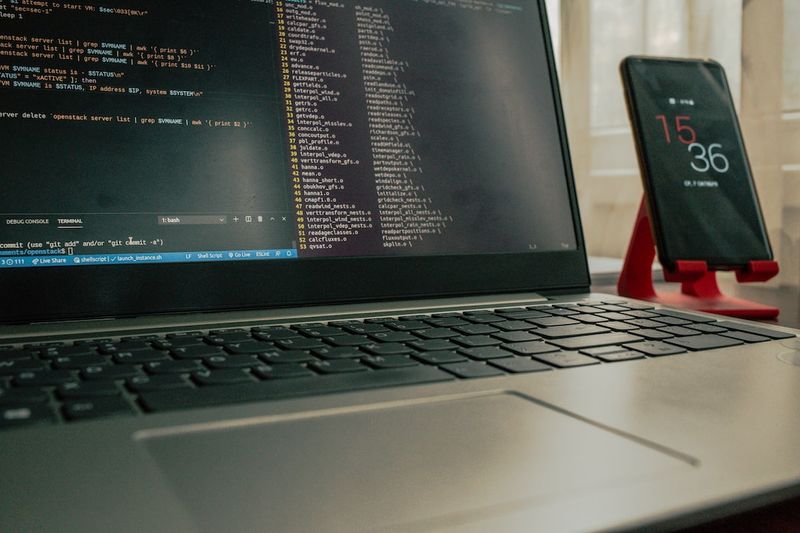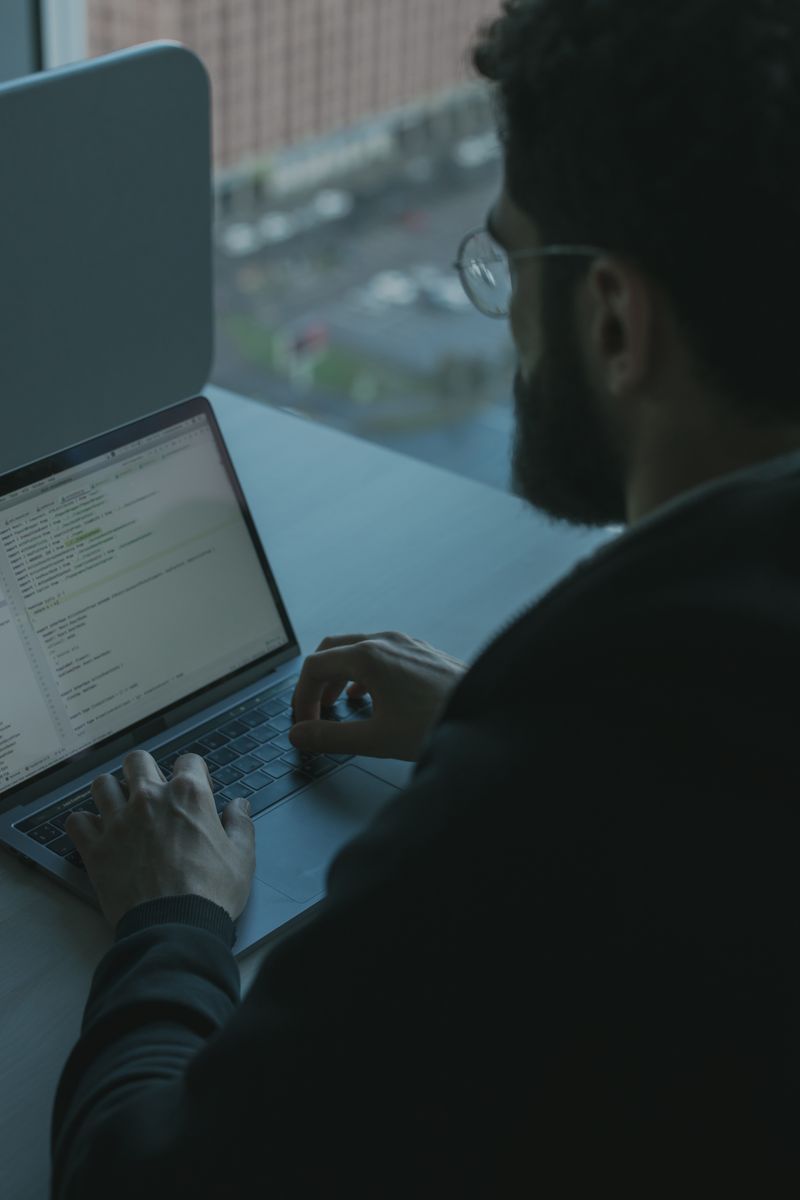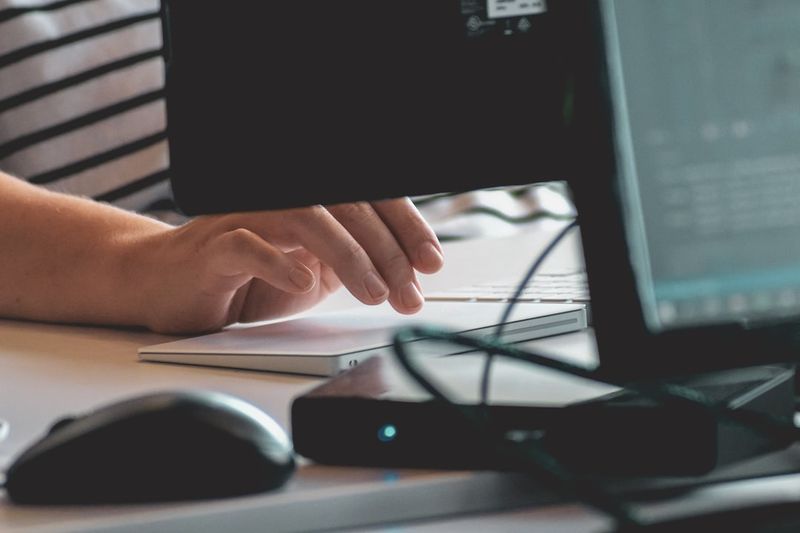Ransomware Group Starts Leaking Data From Japanese Watchmaking Giant Seiko
A known ransomware group, known as BlackCat/ALPHV, has started publishing data that they claim to have stolen from the systems of Seiko, a prominent Japanese watchmaking company. Seiko had previously announced a possible data breach in August, where an unauthorized individual gained access to at least one server. As a result, the ransomware group has taken responsibility for the attack and has begun leaking files from Seiko‘s systems when the victim refused to comply with their demands. The cybercriminals are threatening to sell or publicly release the stolen information, which includes employee information, production technology details, video and audio recordings of management meetings, emails, and copies of passports.
The Scope of the Attack
The ransomware group claims to have stolen 2 Tb worth of files from Seiko‘s systems, which consist of various sensitive and confidential information. They have published screenshots as evidence of their access to contracts, corporate documents, technical specifications, passports, and emails. The group even demonstrated that they still had access to Seiko‘s email systems as recently as August 14th. The hackers are demanding their ransom, and if Seiko continues to refuse their demands, they threaten to publish or sell the stolen information.
The BlackCat/ALPHV Ransomware Group
This attack by the BlackCat/ALPHV ransomware group on Seiko is part of a series of attacks they have carried out on major organizations over the past year. Their previous targets include Australian law firm HWL Ebsworth, Reddit, Canadian software company Constellation Software, and US payments giant NCR. These examples illustrate the breadth and depth of the attacks carried out by this group.
The Implications of Ransomware Attacks
Ransomware attacks have become pervasive in recent years, with cybercriminals continuously evolving their tactics and targeting both individuals and organizations. These attacks not only disrupt businesses and individuals but also pose a significant threat to global cybersecurity and can have severe economic, financial, and societal consequences.
Internet Security Challenges
One of the challenges faced in combating ransomware attacks is the ease with which cybercriminals can infiltrate and exploit vulnerable systems. Organizations must invest in robust cybersecurity measures, including firewalls, intrusion detection systems, and employee awareness training, to defend against these attacks. Regular security audits and patch management are also vital to identifying and addressing vulnerabilities before they can be exploited.
Philosophical and Ethical Considerations
Ransomware attacks raise important philosophical and ethical questions regarding cybersecurity, privacy, and the responsibilities of both individuals and organizations. Cyberspace is a shared and interconnected domain that demands collective responsibility. Individuals must be aware of the risks and take appropriate measures to protect themselves, while organizations must prioritize cybersecurity and invest in proactive measures.
The Editorial Perspective
The recent attack on Seiko by the BlackCat/ALPHV ransomware group highlights the ongoing threat posed by cybercriminals to businesses and individuals. It underscores the urgent need for organizations, governments, and individuals to prioritize cybersecurity and take proactive measures to defend against ransomware attacks.
The Role of Governments and Legislation
Governments must play an active role in addressing the ransomware threat. This includes enacting legislation that holds cybercriminals accountable and provides law enforcement agencies with the necessary tools and resources to investigate and prosecute these crimes. International cooperation among governments is crucial, as cybercriminals operate across borders and often exploit jurisdictions with weaker cybersecurity frameworks.
The Importance of Education and Awareness
Education and awareness are essential in combatting ransomware attacks. Individuals and organizations must be educated on the risks posed by cybercriminals and the best practices to protect against them. This includes regularly updating software, using strong and unique passwords, encrypting sensitive data, and being cautious when clicking on suspicious links or downloading attachments.
Investment in Cybersecurity
Organizations must prioritize cybersecurity and invest in robust measures to protect their systems and data. This includes regularly updating software and security patches, implementing multi-factor authentication, and conducting regular cybersecurity audits. Cybersecurity should be viewed as a strategic priority and not just an afterthought.
Advice for Individuals and Organizations
Regularly Update Software and Security Patches
Keeping software and security patches up to date is crucial in mitigating the risk of ransomware attacks. Cybercriminals often exploit vulnerabilities in outdated software, so it is essential to install updates promptly.
Implement Multi-Factor Authentication
Multi-factor authentication adds an extra layer of security by requiring additional verification steps, such as a unique code sent to a mobile device, in addition to a password. This can significantly reduce the risk of unauthorized access to systems and accounts.
Invest in Employee Awareness Training
Employees are often the weakest link in an organization’s cybersecurity defenses. Providing regular training and education on cybersecurity best practices can help employees recognize and avoid potential phishing attacks or other malicious activities.
Backup Data Regularly
Regularly backing up data is essential in mitigating the impact of a ransomware attack. If systems are compromised, having up-to-date backups can allow organizations to restore their data and operations more quickly.
Encrypt Sensitive Data
Encrypting sensitive data adds an additional layer of protection, even if it falls into the wrong hands. Implementing encryption measures can help limit the impact of data breaches and make it more challenging for cybercriminals to access and exploit stolen data.
Be Cautious when Opening Email Attachments or Clicking on Links
Many ransomware attacks begin with phishing emails that trick recipients into downloading malicious attachments or clicking on links that install malware. It is essential to be cautious when interacting with email messages, especially if they appear suspicious or unexpected.
Work with Cybersecurity Professionals
Engaging with cybersecurity professionals can help organizations identify vulnerabilities and develop robust defense strategies. Consultants and cybersecurity firms can provide guidance on implementing the latest security measures and conducting regular audits to identify and address potential threats.
Conclusion
Ransomware attacks, such as the recent breach on Seiko by the BlackCat/ALPHV group, serve as a stark reminder of the urgent need for increased cybersecurity measures and proactive defense strategies. Governments, organizations, and individuals must recognize the collective responsibility to protect cyberspace and defend against cybercriminals. By implementing strong security practices, prioritizing cybersecurity, and working together, we can mitigate the risk of ransomware attacks and safeguard our digital infrastructure.

<< photo by Jefferson Santos >>
The image is for illustrative purposes only and does not depict the actual situation.




